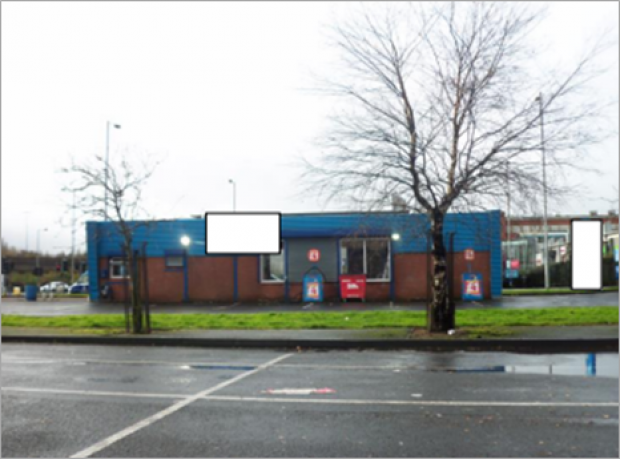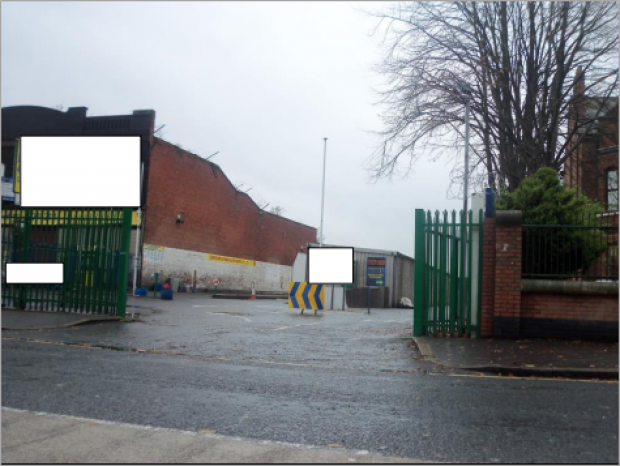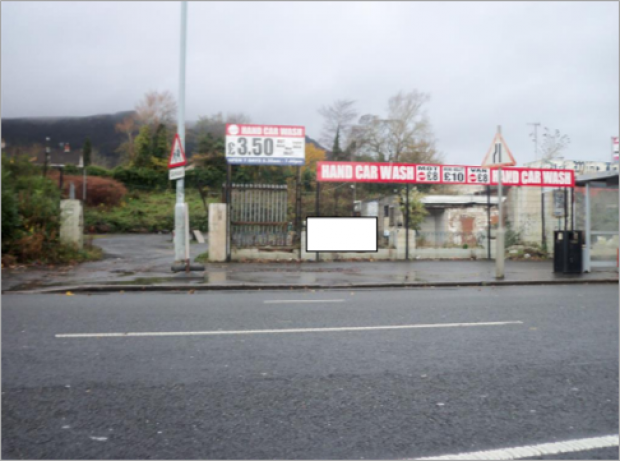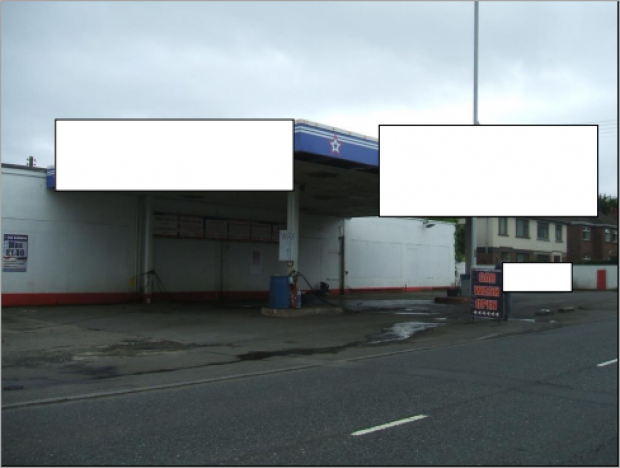Scope
The scope of this Practice Note is solely to ensure a consistent valuation approach for this Property Class/ Subclass/ Type for Non Domestic Revaluation 2023 and subsequent entry in the new Valuation List which becomes effective on 1 April 2023.
The basis of valuation for new entries in the Valuation List, and Rating Revision cases after 1 April 2023, is Schedule 12 (2)(1) of the Rates (NI) Order 1977.
Description
This Practice Note refers to property classified as:
Class: Sites & Yards
Sub Class: Car Wash
Type: Automated Car Wash, Hand Car Wash
This scheme relates to the valuation of car washes, together with their associated buildings and sites. The most common types of this class of hereditament are:
- Automated standalone car wash.
- Hand car wash.
This Practice Note does not apply to car washes that form part of a larger hereditament such as a petrol filling station, or those which form part of a filling station assessed with a supermarket as a single hereditament. These should be valued in line with the methodologies adopted for petrol filling stations and supermarkets.
The principal operator of automated standalone car washes in Northern Ireland is Anduff Car Wash Ltd, trading as ARC. Other automated and hand car washes are mainly operated by private individuals.
A typical automated standalone car wash requires a site normally in excess of 1,000 m2 (usually about 1,350 m2) with good bitumen macadam surfacing. It may include one or two coin operated vacuum cleaners and lance jet wash facilities in screened bays. Typically, these sites are highly visible and situated at major road junctions or along main arterial roads in urban locations.
A typical ARC car wash building (Photograph 1, Appendix 1) generally includes a car wash tunnel, office, WCs, store and plant room. To facilitate the machinery, which can typically handle four cars at a time, the building needs to be approximately 20 m long. Construction is usually brick with a profiled metal roof, concrete floor, internal tiled walls and roller shutter doors at each end of the building. Drainage channels are built into the concrete floor.
There are three main types of automated standalone car washes – conveyors, rollover brush washes and pressure washes. The most common found on automated sites is the conveyor which pulls the car through a series of revolving brushes, water jets and air blowers. A conveyor system can typically handle four cars at a time and up to 40-60 cars an hour. The other types of automated car washes are more typically found on petrol forecourts because they require less space.
Hand car washes are located in a wide variety of premises of various sizes, including former petrol filling stations (Photograph 4, Appendix 1), warehouse units, yards and large supermarket car parks. A recent trend has seen hand car washes appear on cleared redevelopment sites with minimal adaptations such as hard standing area, wooden shed/lorry container and security fencing (Photograph 3, Appendix 1). Many of these hand car washes also offer valet services. Again, significant numbers of these premises are located along main arterial roads in urban locations.
Legislative background
Schedule 12 Part 1 Paragraph 1 of the Rates (NI) Order 1977 applies.
“Subject to the provisions of this Schedule, for the purposes of this Order the Net Annual Value of a hereditament shall be the rent for which, one year with another, the hereditament might, in its actual state, be reasonably expected to let from year to year, the probable average annual costs of repairs, insurance and other expenses (if any) necessary to maintain the hereditament in its actual state, and all rates, taxes or public charges (if any), being paid by the tenant”.
Car Wash plant is not rateable under the provisions in Schedule 12, Part III of the Rates (Northern Ireland) Order 1977.
Valuation approach for 2023
The Comparative method of valuation is to be retained as the approach for this type of hereditament.
In many cases, hereditaments in this class will be in commercial locations.
Where this is the case and the hereditament, vacant and to let, with little or no adaptation, is characteristic of a bulk class property, the property should be valued by comparison with the appropriate bulk class property.
For automated standalone car washes where building finishes may be to a higher than average standard and situated on a superior site with good road frontage, an additional value should be considered.
Regard should be had to any enhanced value for site improvements such as surface, wash bays, canopy and fencing. Likewise, enhanced value should be considered on a superior site, i.e. arterial road frontage/ proximity to major retailing centre.
Rent and Lease Questionnaire
For this class of property Rent and Lease Questionnaires (RALQs) were issued by the Practice Note author.
Contacts
For advice on any aspect of this Practice Note contact LPS on 0300 200 7801.
Appendix 1
Photograph 1 Typical ‘ARC’ automated car wash
Photograph 2 Hand Car Wash with profiled metal walls and roof ‘Jet Wash Bays’
Photograph 3 Redevelopment site occupied as hand car wash
Photograph 4 Hand Car Wash on former filling station site
More useful links
